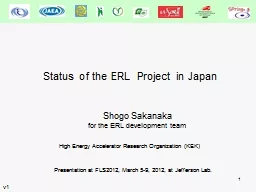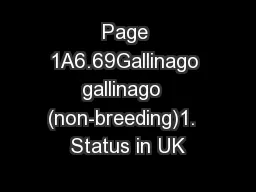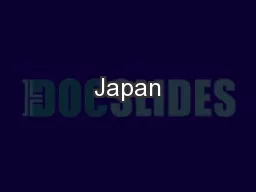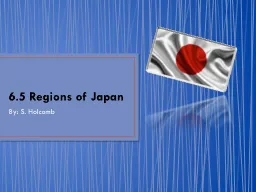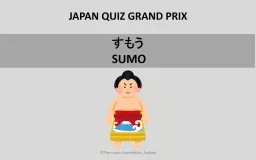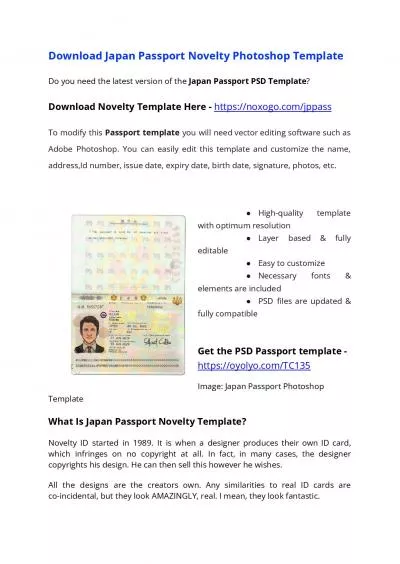PPT-1 Status of the ERL Project in Japan
Author : eurolsin | Published Date : 2020-06-24
Shogo Sakanaka for the ERL development team Presentation at FLS2012 March 59 2012 at Jefferson Lab High Energy Accelerator Research Organization KEK v1 2 2 High
Presentation Embed Code
Download Presentation
Download Presentation The PPT/PDF document "1 Status of the ERL Project in Japan" is the property of its rightful owner. Permission is granted to download and print the materials on this website for personal, non-commercial use only, and to display it on your personal computer provided you do not modify the materials and that you retain all copyright notices contained in the materials. By downloading content from our website, you accept the terms of this agreement.
1 Status of the ERL Project in Japan: Transcript
Download Rules Of Document
"1 Status of the ERL Project in Japan"The content belongs to its owner. You may download and print it for personal use, without modification, and keep all copyright notices. By downloading, you agree to these terms.
Related Documents

